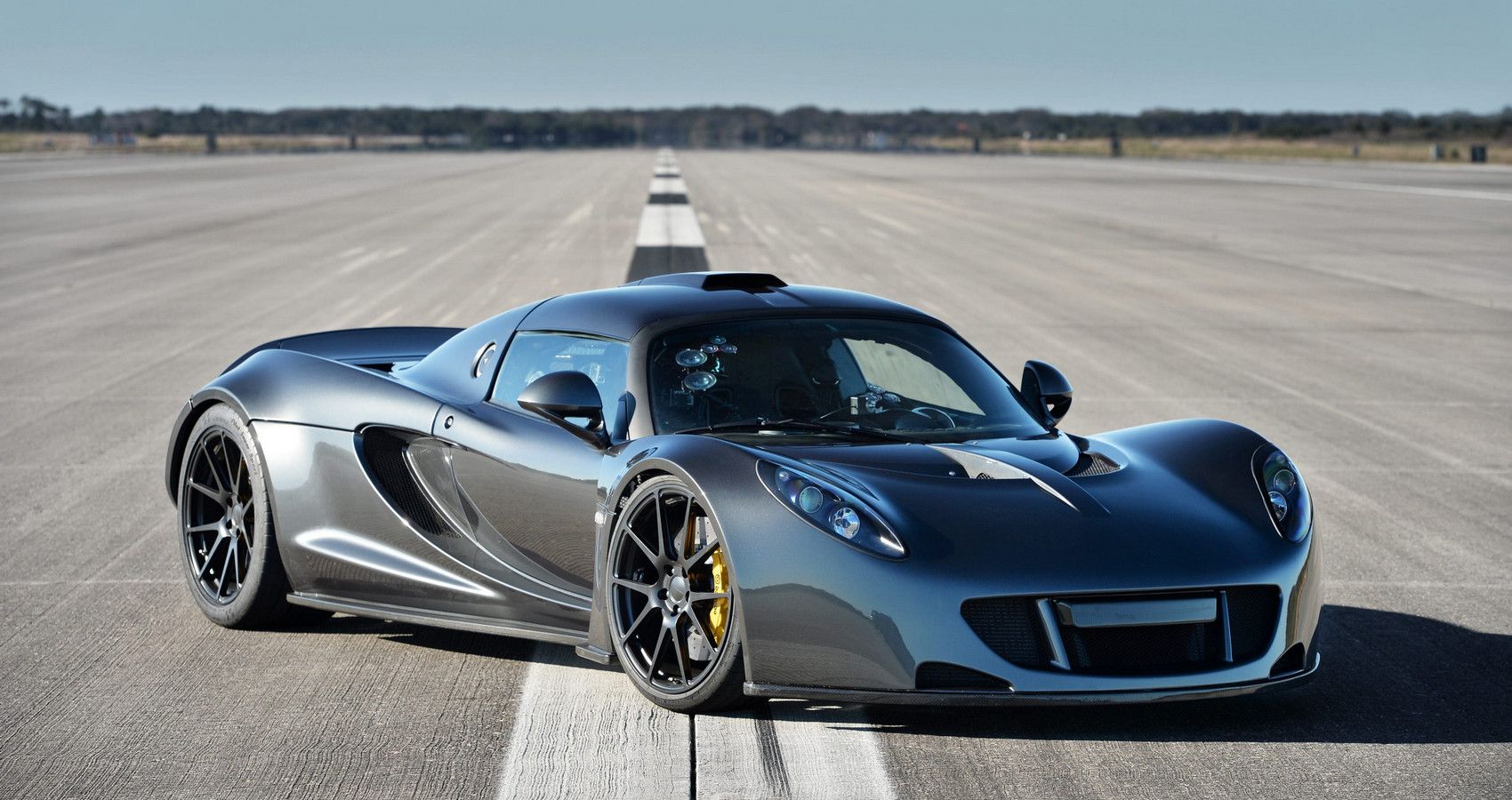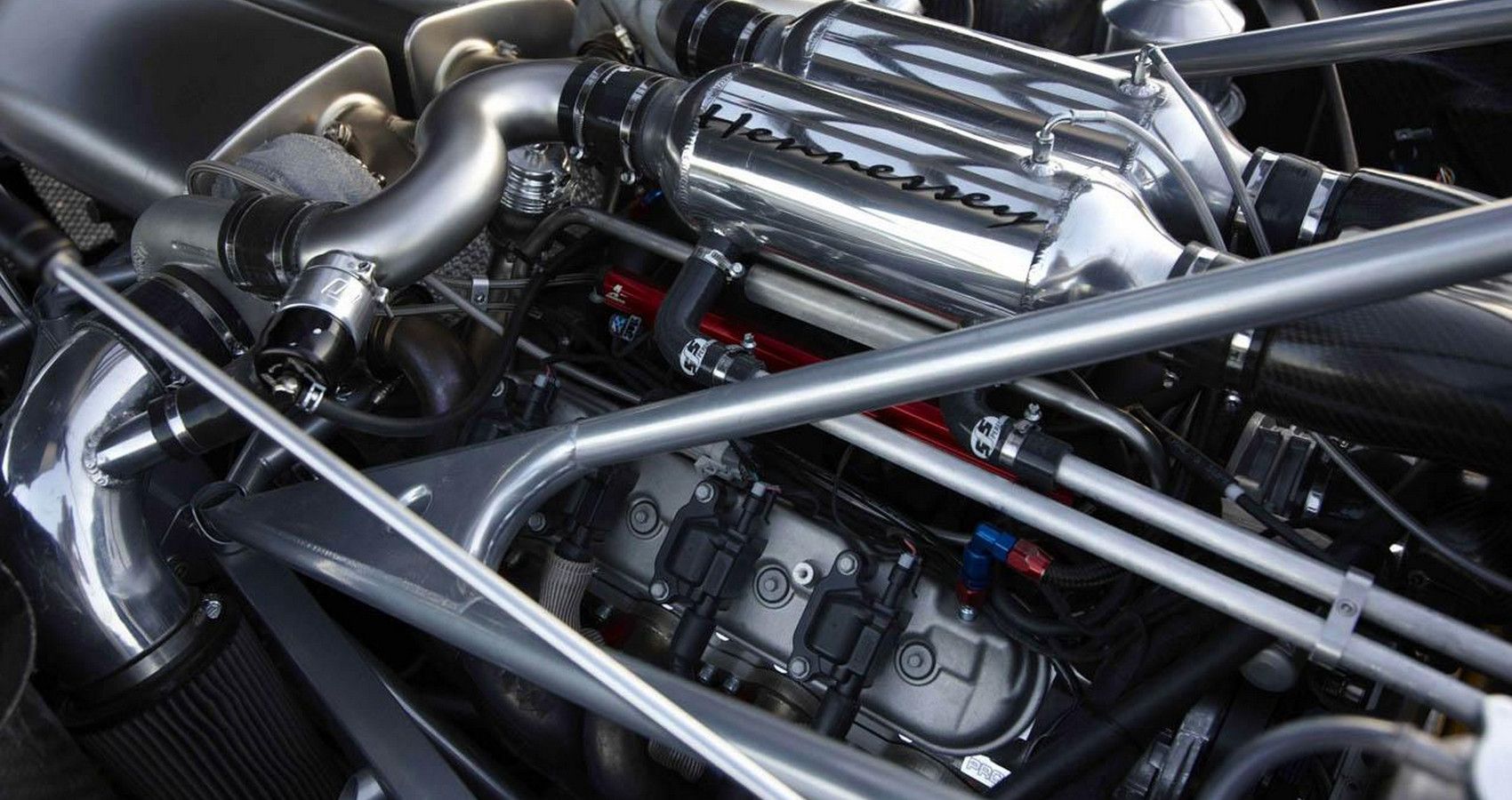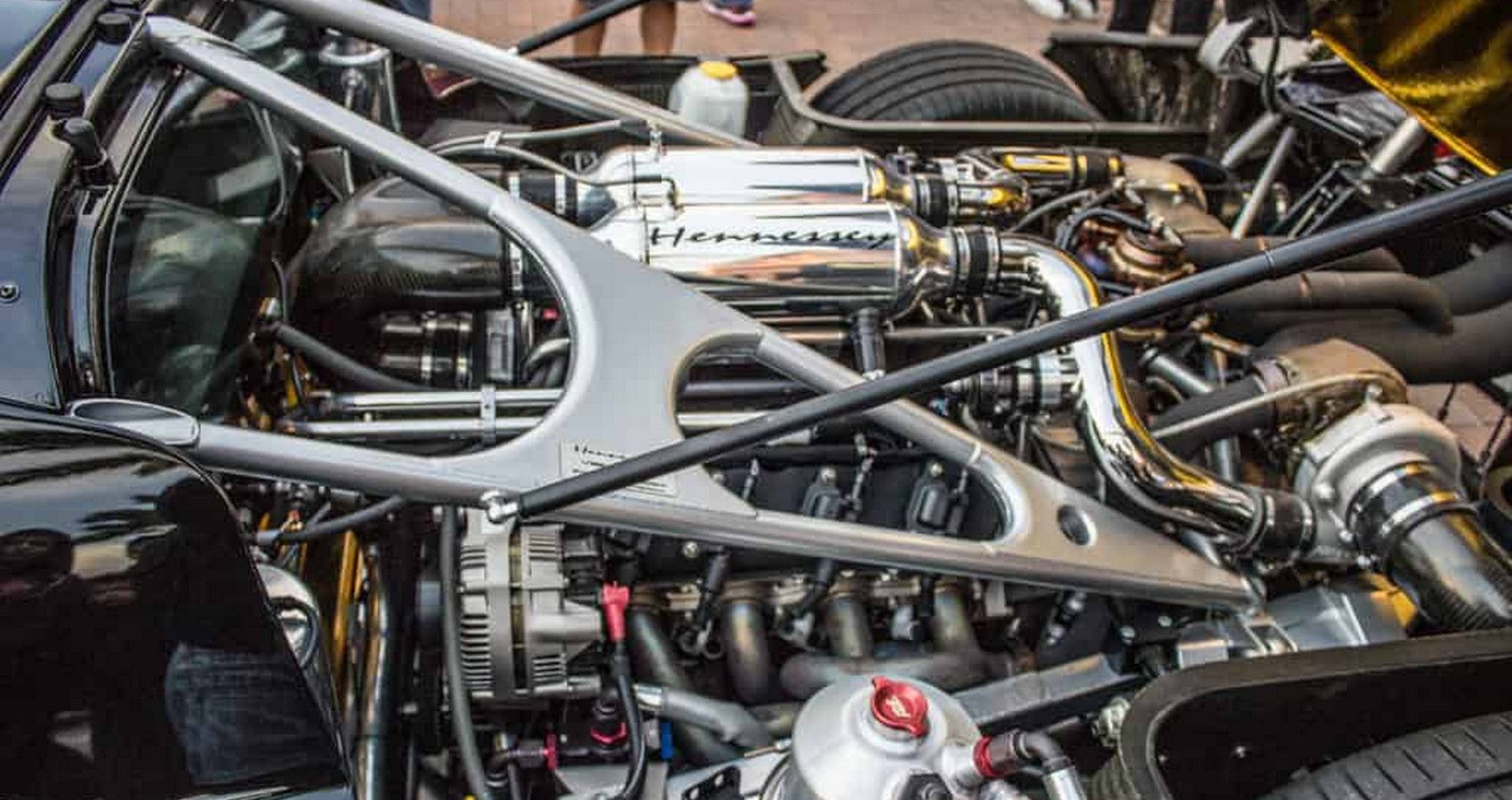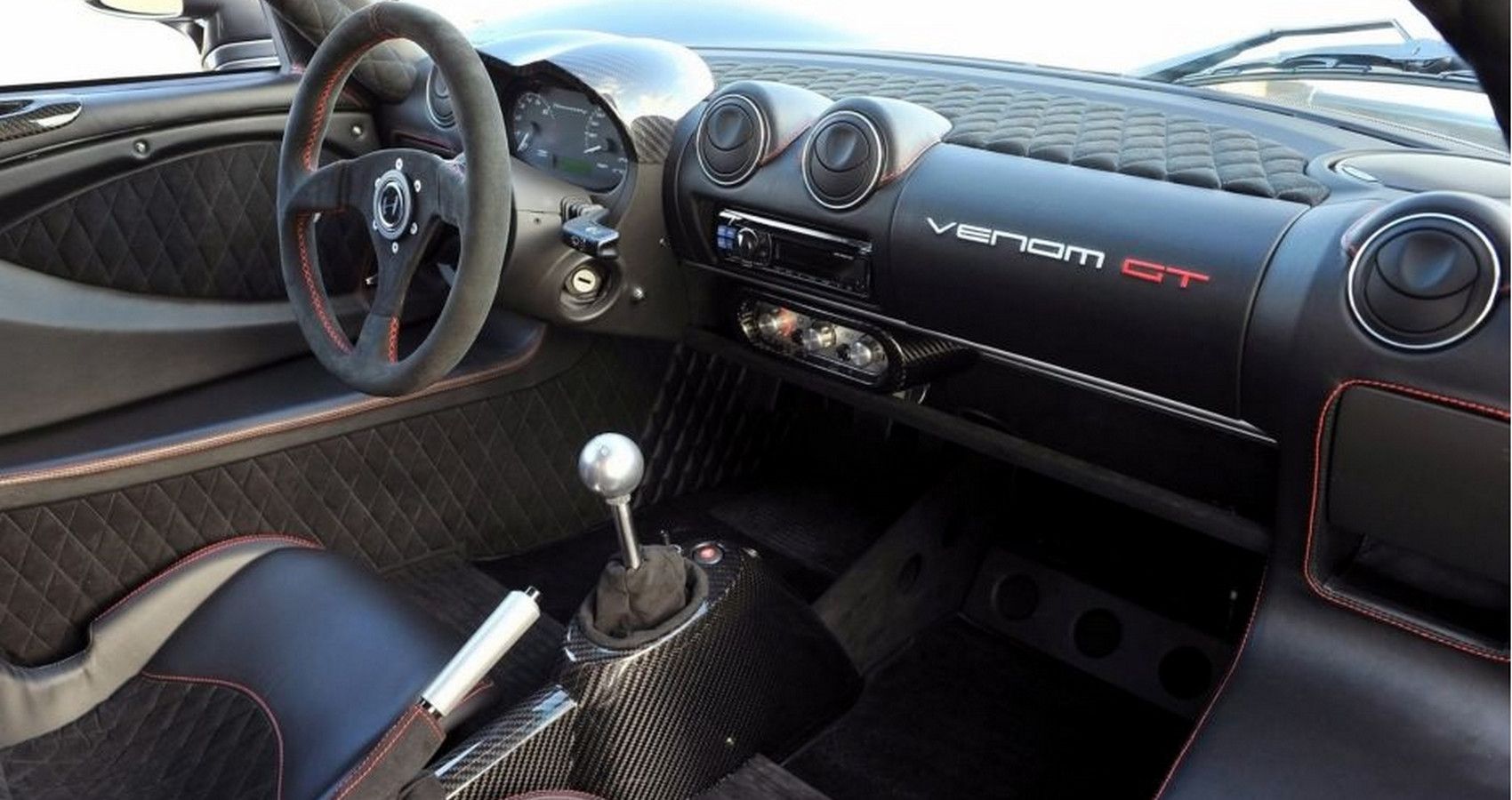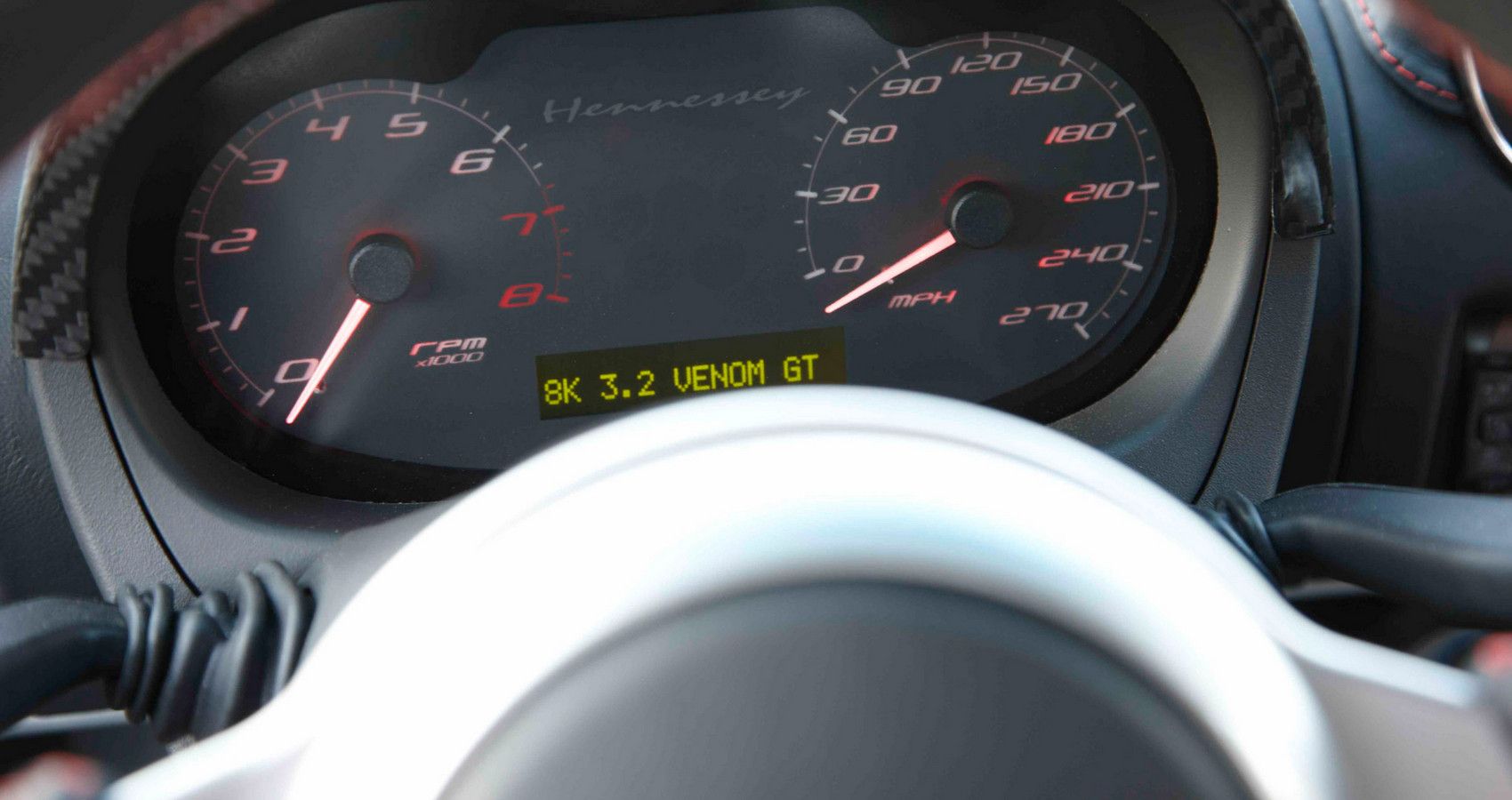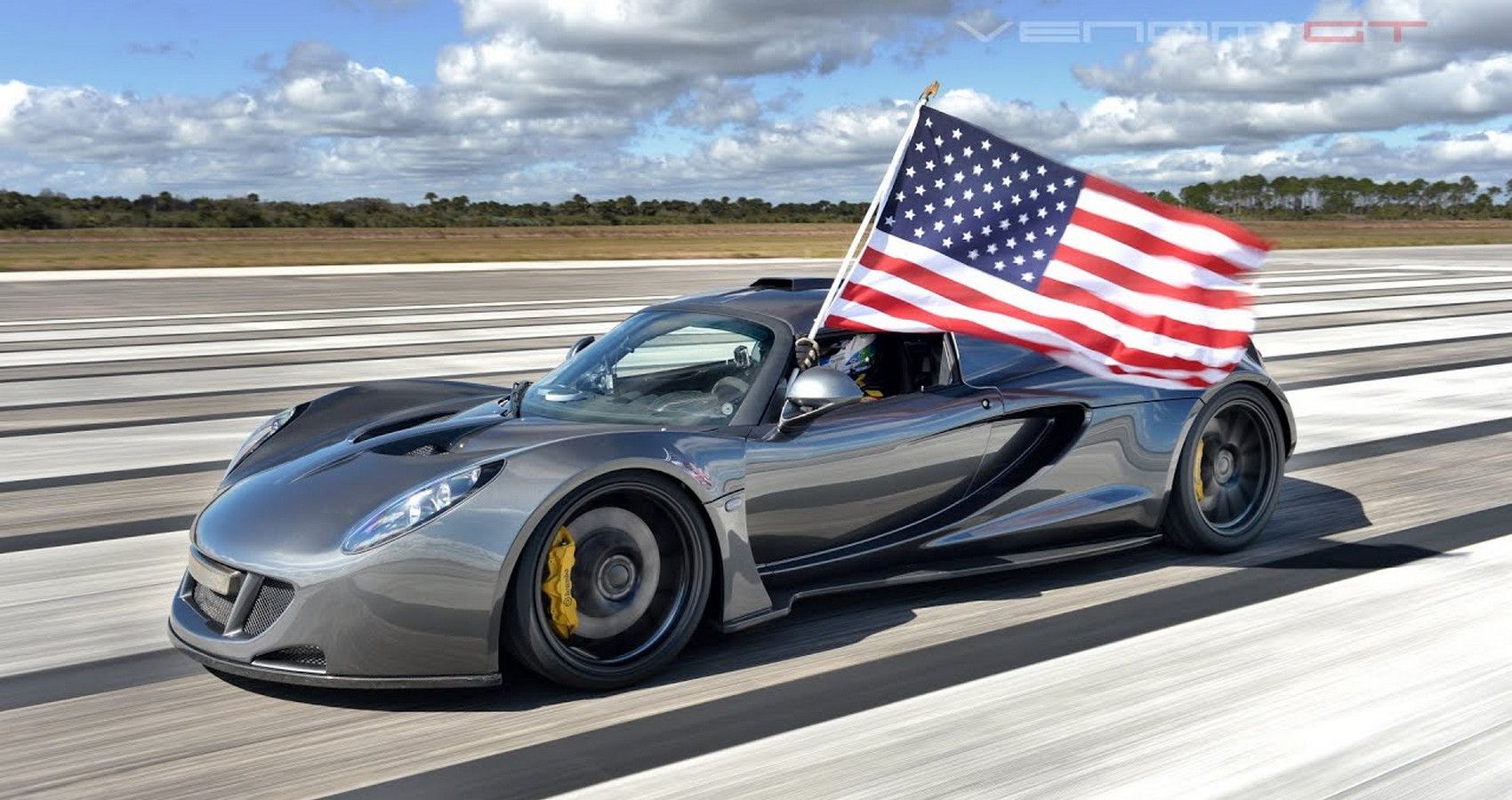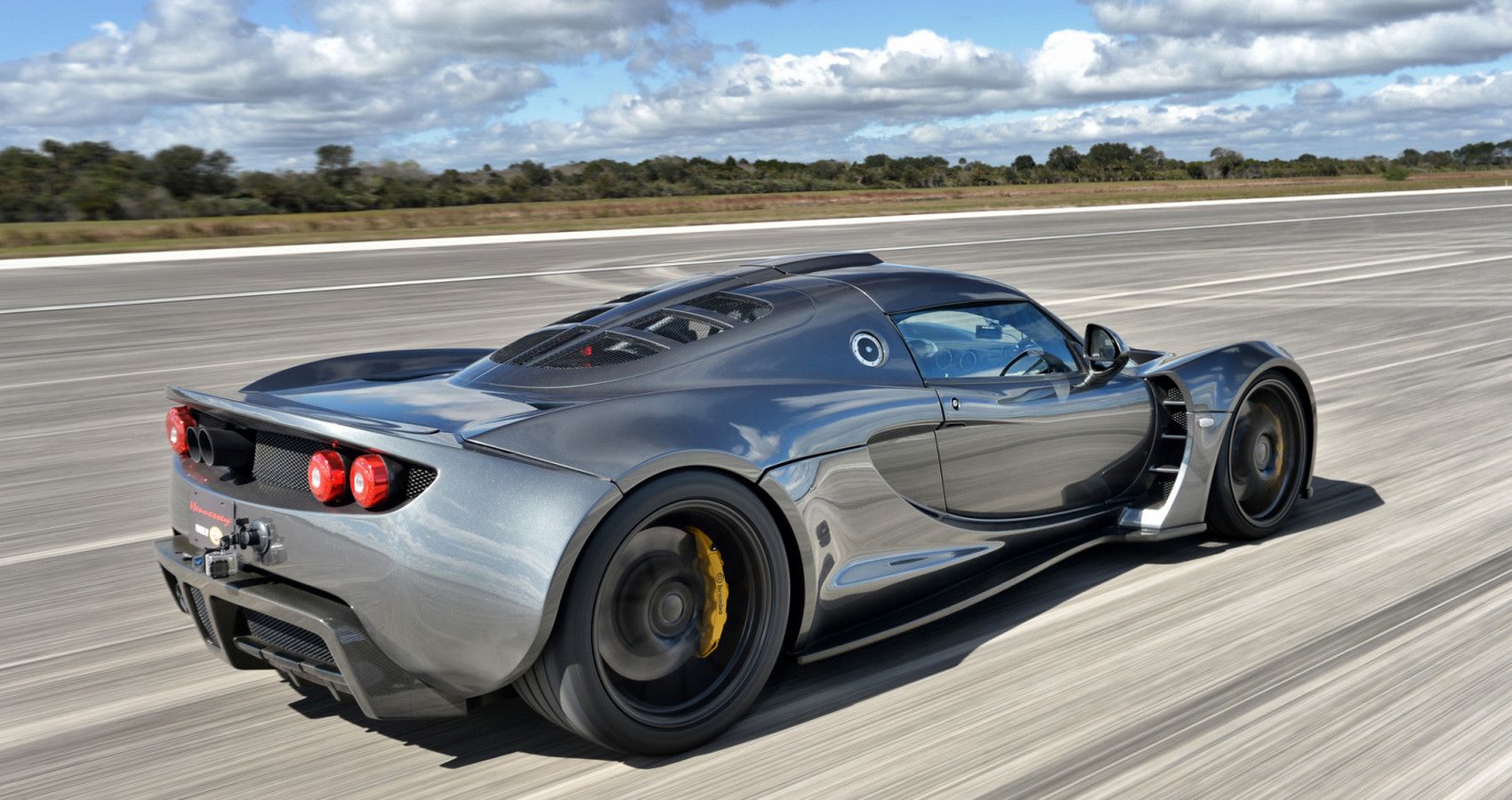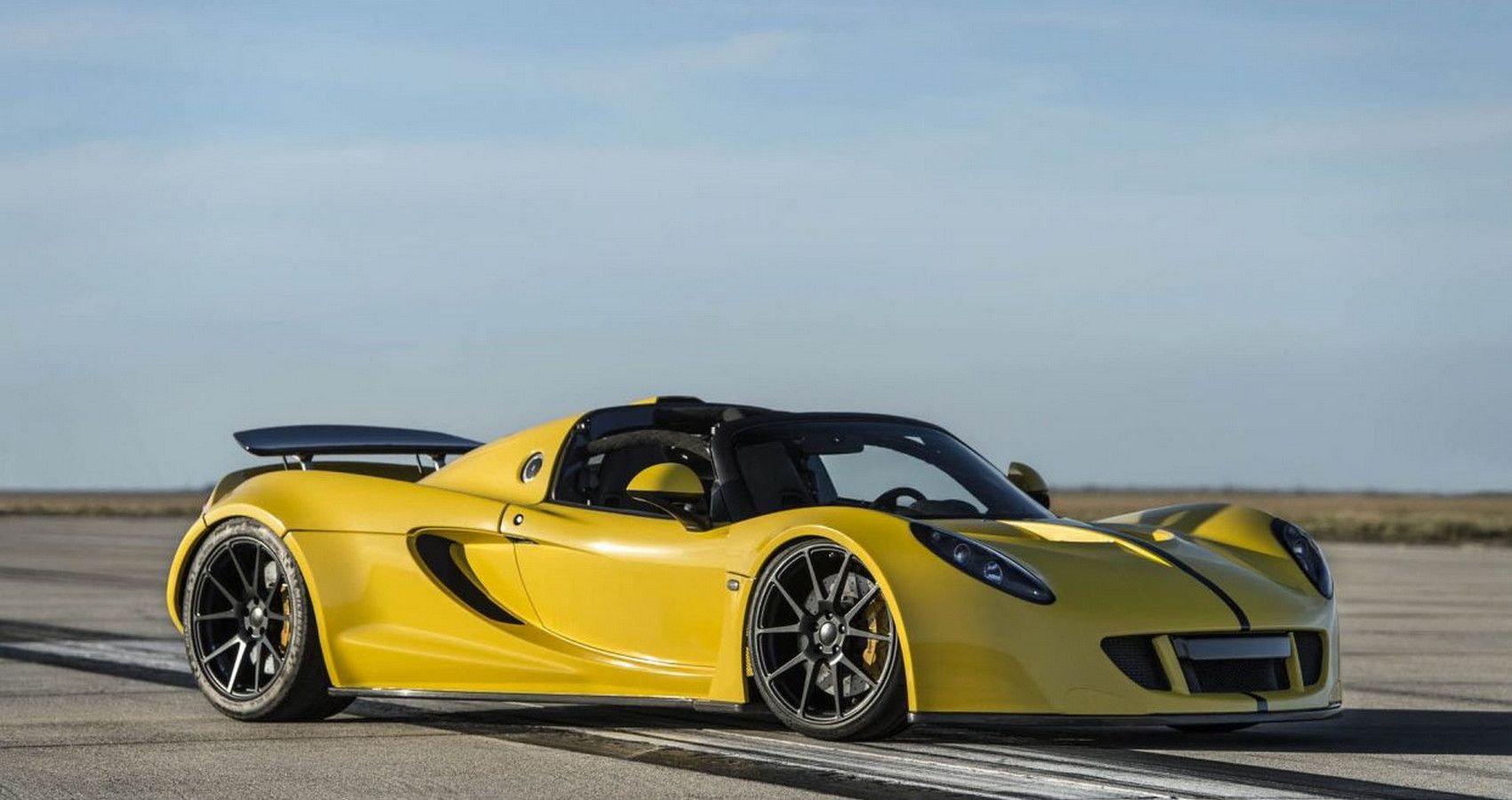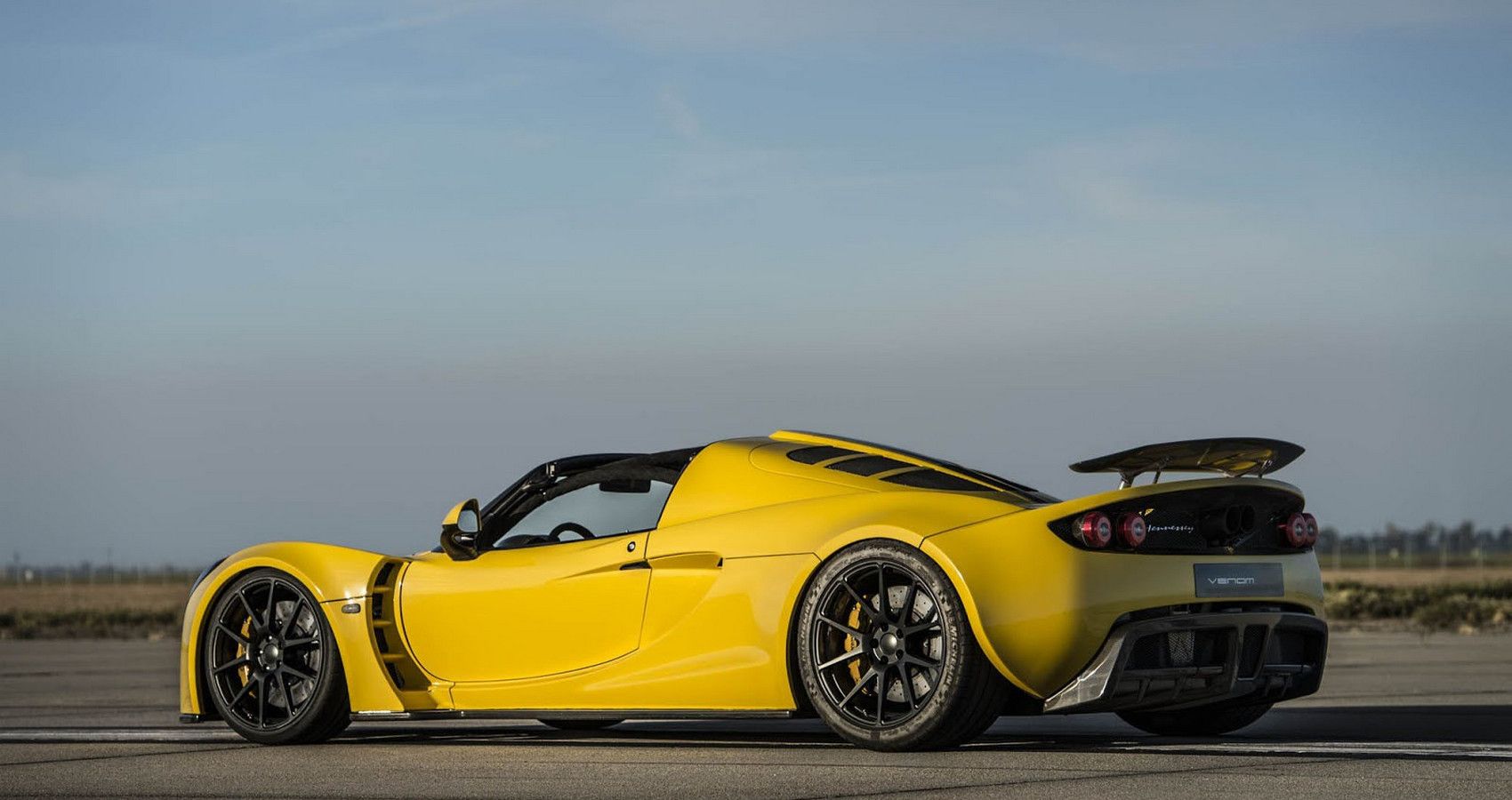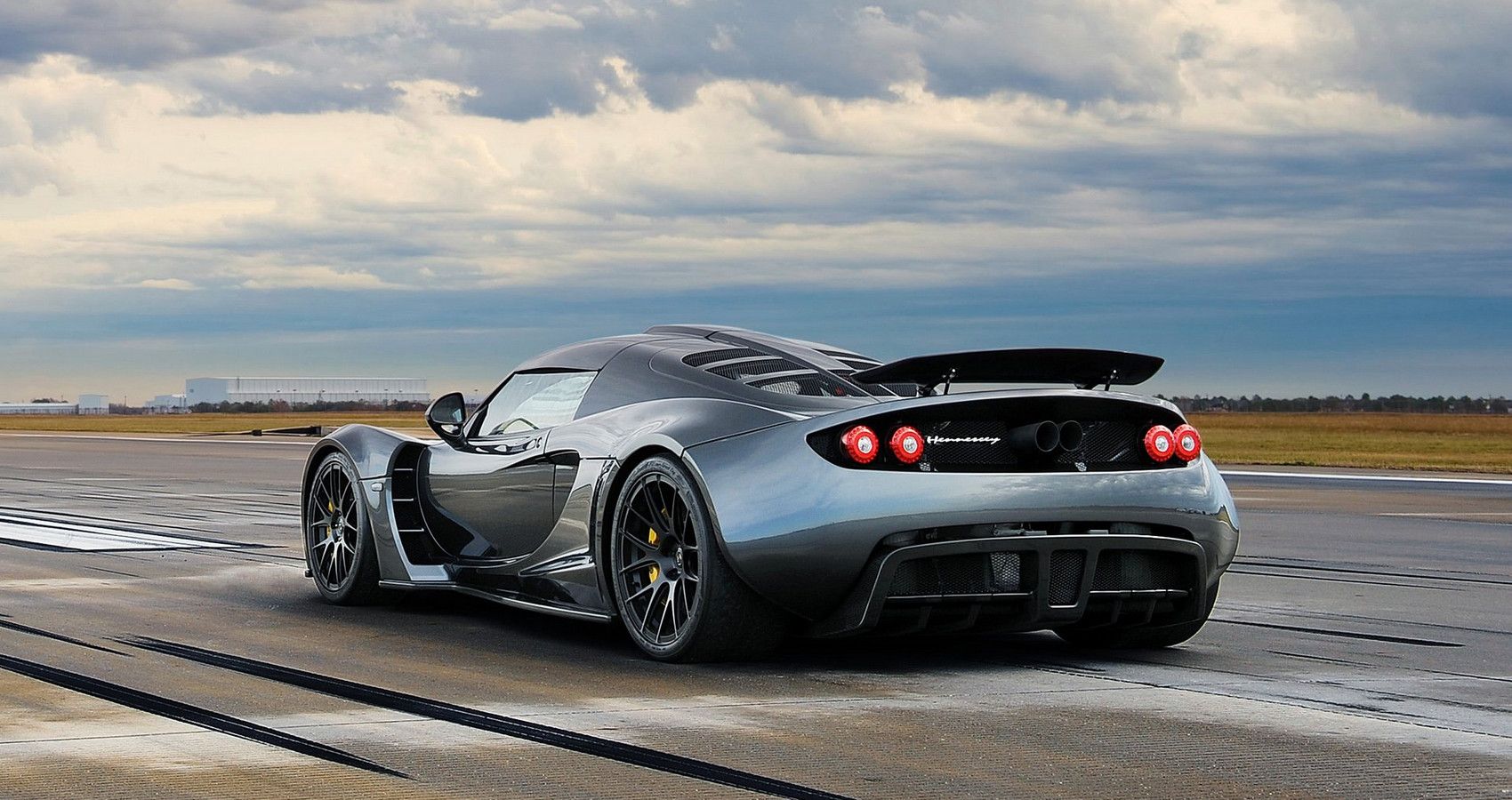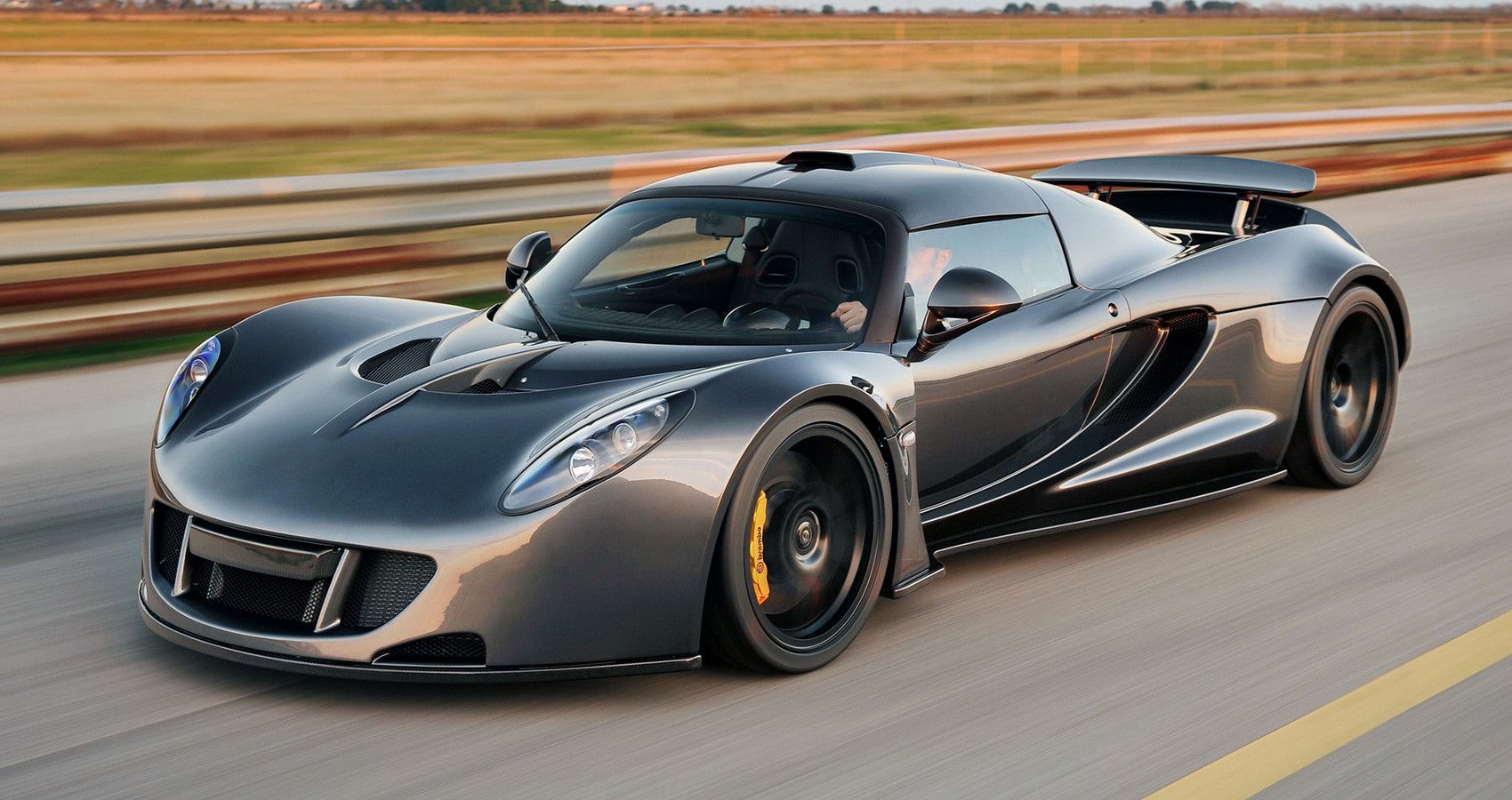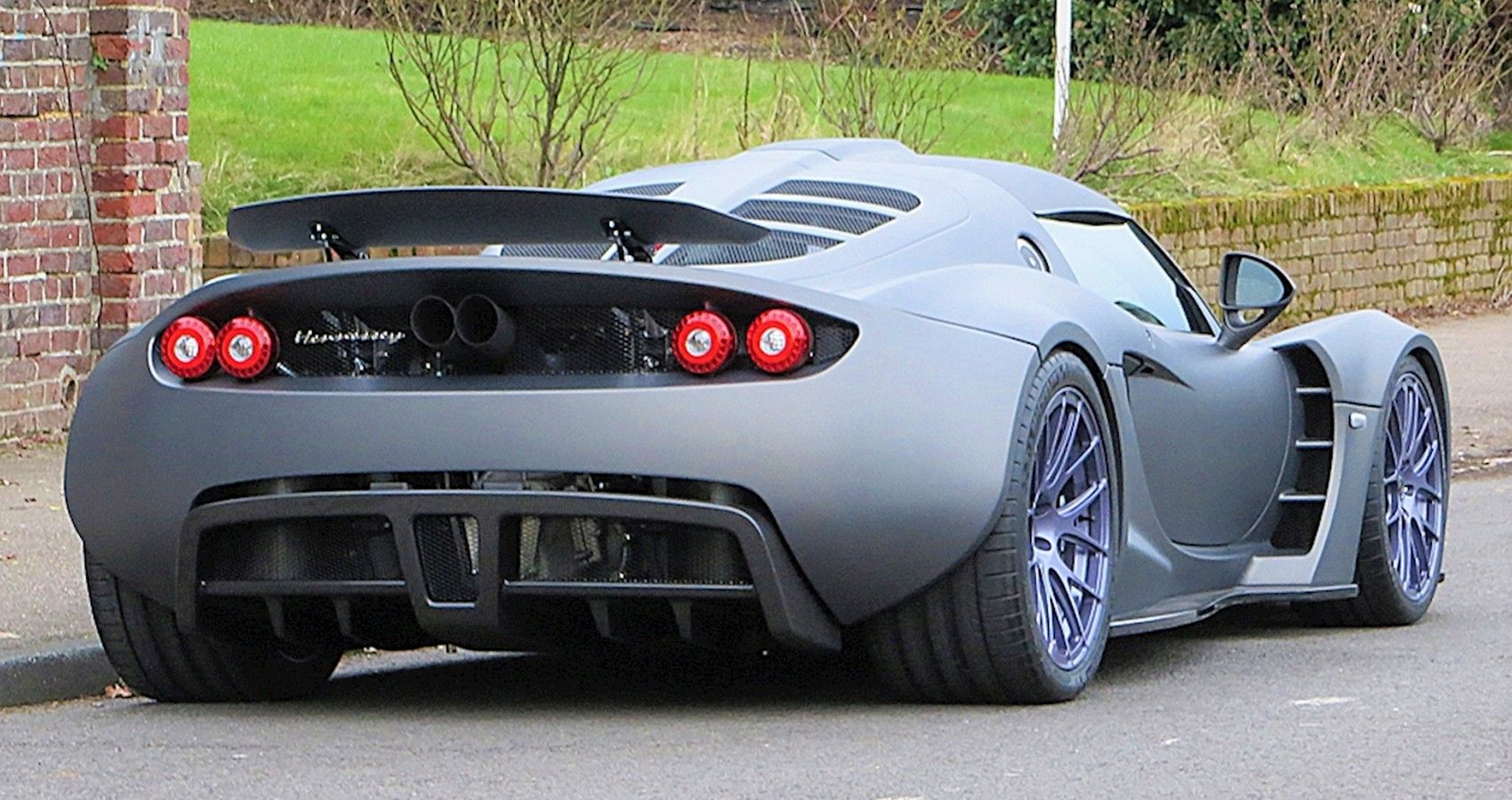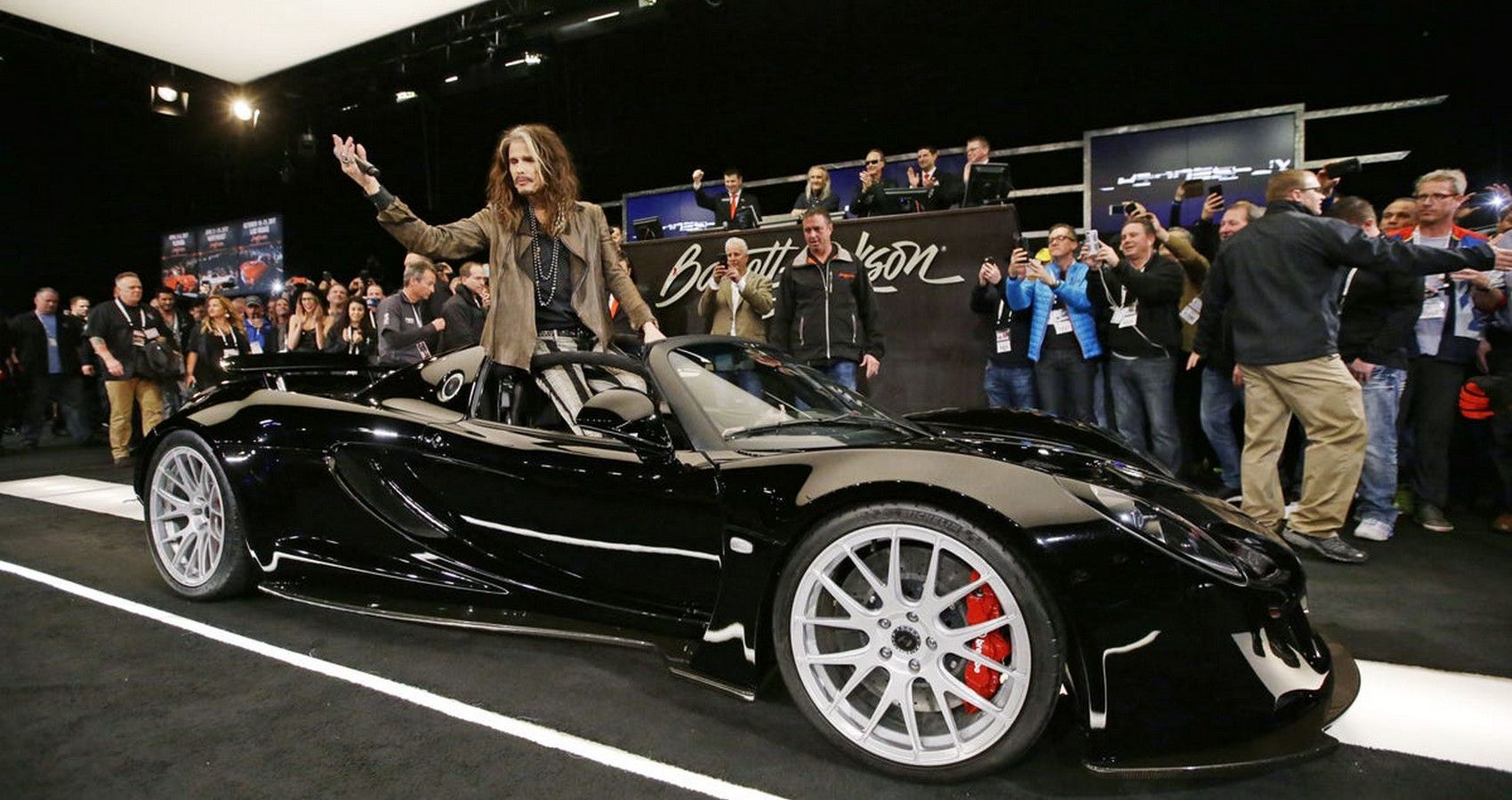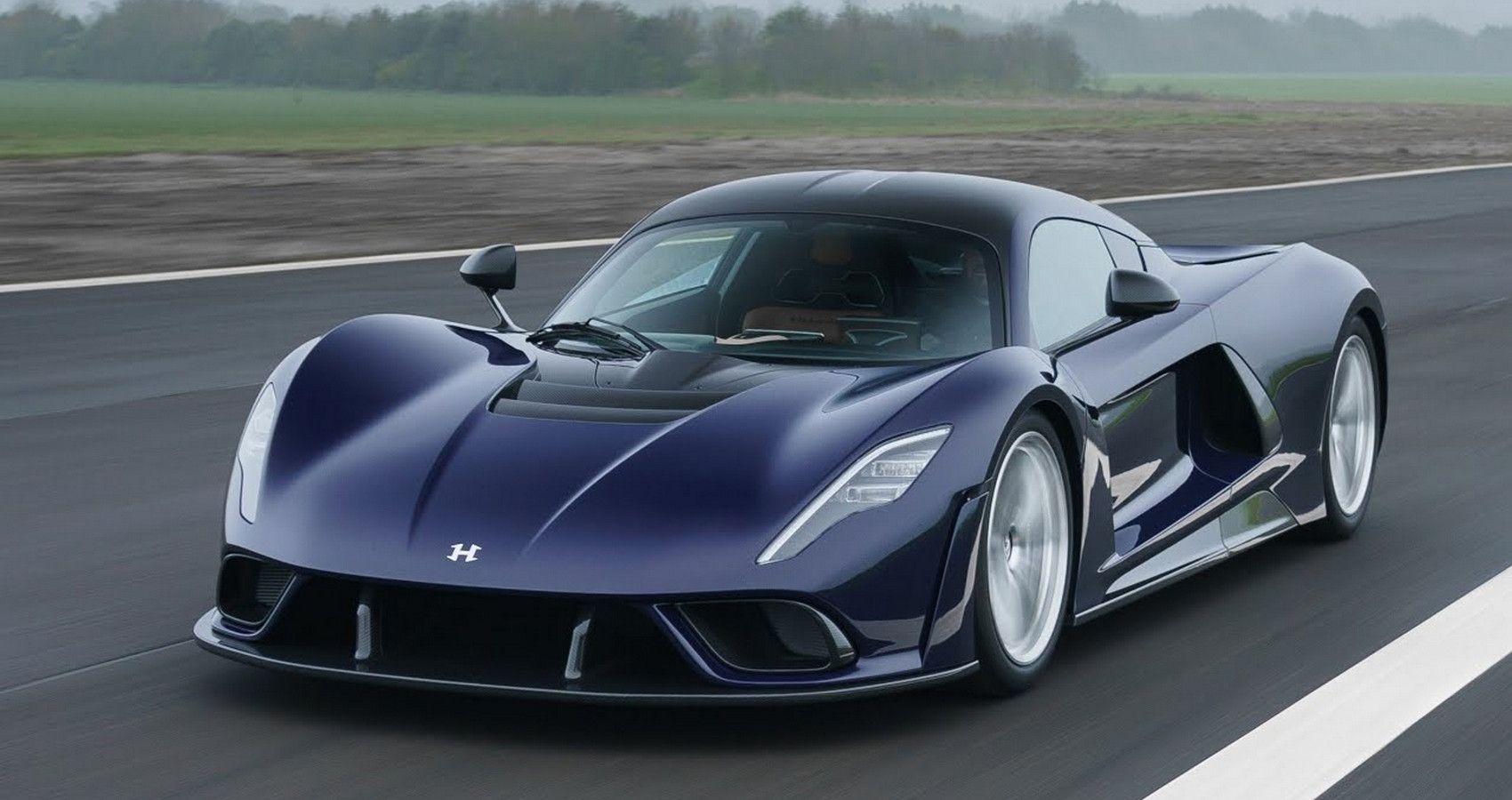Bugatti having claimed the world's fastest and most powerful production car titles, the Veyron was, to most gearheads, the ultimate road car. Surely nothing was ever going to topple this technological wonder?
The challenge would come in 2011 from a rather unexpected source, not a European supercar manufacturer, but rather Hennessey Performance Engineering, a company with more expertise in tuning rather than manufacturing. That was all about to change. Despite using Lotus sourced components, the resulting Venom GT project was as far removed from its origins as the Wright Brothers are from NASA.
It might have shared a vaguely familiar appearance, but this was an all-American supercar with serious intentions, everything barring the basic floorpan and doors was built for just one purpose, to be the fastest road car in the world.
9 Lotus Exige Origins
Gunning for the production speed record, Hennessy Performance did what it does best by updating an existing chassis and platform, only in this case the "donor" vehicle was never intended to be quite so quick or have so much power at its disposal.
Adopting the aluminum bonded chassis from Lotus' Exige is as good a place as any to start, the UK-built sports car is one of the finest handling cars of the last two decades. The transformation from sports car to supercar isn't just about power, weight, cooling, and downforce all needed to be addressed, the Venom GT still looks like the little Lotus, only with a lot more purpose about it.
8 Twin Turbo Power
Achieving record speeds needed considerably more power than the Exige could muster, Hennessey remedied the situation with a dose of good old fashion American V8 power. The Venom GT using a 7-liter V8 LS7 boasting twin-turbochargers in an engine bay normally reserved for much smaller motors is quite an achievement, especially considering the additional heat the engine kicks out.
Lifting the rear hood reveals just how little space is left, everything from the cockpit firewall backward is crammed full of engine and transmission. In terms of numbers, the Venom GT was not only gunning for the speed record but also boasts some impressive power figures, with 1244 HP and 1155 lb-ft of torque, both more than you got from a Veyron.
7 Simple Straight Forward Cockpit Layout
Stepping inside reveals the Venom GT is a pure supercar with just the bare essentials when it comes to instrumentation and switchgear, leaving gearheads to concentrate on driving rather than a dizzying array of unnecessary buttons and switches.
Placed directly ahead, a simple two-gauge instrument binnacle provides only the most basic of information, how many revs and how fast the Venom GT is going. Unlike other carmakers, Hennessey doesn't believe in optimistic figures, the Venom GTs 270 MPH calibrated speedometer is a true reflection of real-world performance.
6 World's Fastest Production Car 270.49 MPH
What would be the point in having 1200 HP if no one had ever heard of the Venom GT? Easily the best form of publicity would be a production speed record attempt. Only Bugatti's Veyron had gone beyond 250 MPH, the Venom GT with more power and less weight, in theory, should be quicker.
In reality, the Venom GT was much quicker, storming to 200 MPH in 14.51-seconds, going on to reach a maximum speed of 270.49 MPH in 2014, but officially the record is not recognized. Official regulations state that a minimum of 30 production cars must be built, the Venom GT at the time was due to be limited to 29 units. Added to which, this astonishing speed was achieved in one direction only and not the result of two timed runs with taking an average speed.
5 World's Fastest Production Convertible
Whether or not the Venom GT Spyder actually counts as a proper convertible is open to debate, the addition of a removable roof panel in our view makes it more of a targa than a full-blown open-topped supercar. However, unofficial records show that in 2016 with a top speed of 265 MPH the Venom GT Spyder is the fastest production "convertible", a record that once again is not recognized by the Guinness Book of Records.
In production guise rated at 1451 HP, the Venom Spyder GT was always going to be quick, however, that record-breaking run in 2016 should have been quicker, Hennessey claiming the test car was down around 300 HP due to a faulty fuel pump.
4 Wings Are Not Just For Looks
Every supercar has them, some more noticeable than others, but wings have been an important part of going faster for decades. Designers create the slipperiest shapes they can come up with only to bolt wings on to keep the rear tires in contact with the tarmac, without them all the power in the world will be lost due to a lack of grip.
Hennessey uses a more effective solution, adopting a movable rear wing to generate up to 1200 lbs of additional downforce at speeds of 150 MPH, automatically retracting when not needed helping to keep the drag to a minimum.
3 Exclusivity Guaranteed
Any gearhead fortunate to have $1.2 million burning a hole in their back pockets back in 2011 would have needed to get their deposit down quickly, and not because of its record-breaking top speed. Originally, Hennessey planned to limit production to 29 cars, later reducing the total numbers built to 13 examples consisting of 7 Coupes and 6 Spyders.
The Venom GT isn't cheap by any stretch of the imagination, but when you consider just how fast and rare these things are, all of a sudden the original $1.2 million asking price seems like a bargain. Nearing the end of production, two seperate special editions were produced, the first being the commemorative "Fastest Edtion" with 3 examples, and the last ever Venom GT "Final Edition" of which just one was produced.
2 One "Careful" Owner
With so few Venom GT's made, the chance to pick up the first production Spyder variant at auction would be a dream come true for most gearheads. Rolling across the Barrett Jackson auction block in 2017, this unique Venom Spyder GT was listed as one careful celebrity owner, its former keeper and rock legend Steven Tyler of Aerosmith fame.
Normally any celebrity owner's name on the pink slip would send prices soaring, but with a closing bid of $800,000, one lucky bidder got himself a bargain and the chance to meet Steve Tyler in person, sounds like a win-win situation to us.
1 Venom GT - The Warm-Up Act
The Venom GT might have sent the motoring world into a frenzy with at the time unheard-of power and performance figures, but it never really achieved the level of success it deserved. After a 6-year production run, the world's newest and fastest supercar was dead.
The Venom story doesn't end here though, Hennessey was just warming up with the Venom GT, a faster more powerful model will arrive soon. Once again, Hennessey has the world speed record in its sights, this time aiming to break the magic 300 MPH barrier with the Venom F5.



